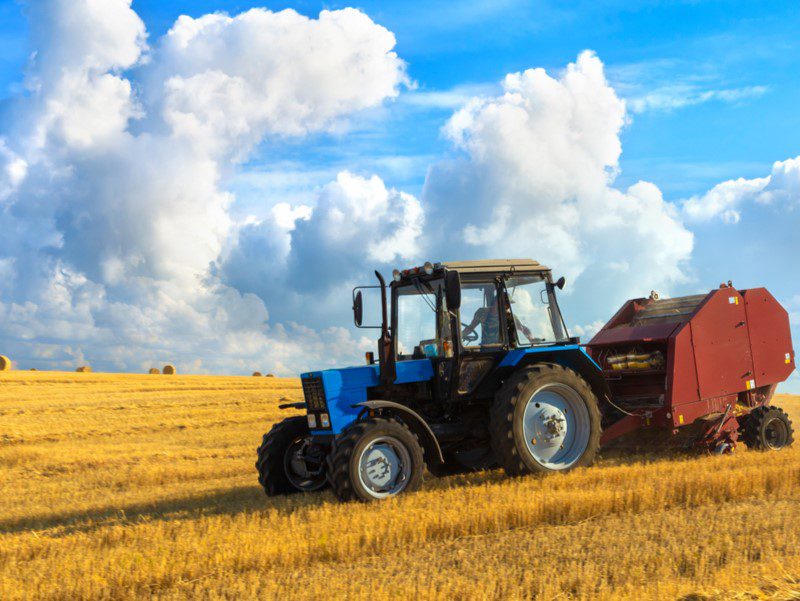Can farm insurance coverage be delivered online?

The words ‘technology’ and ‘farm insurance’ aren’t always mentioned in the same breath.
Historically, farm insurance providers do most of their business through offer and acceptance — sending either online or paper applications to clients. Underwriters and brokers then use various tools to assess risk.
But a new entrant is seeking to expand digital opportunities for brokers and clients in the agricultural coverage space.
“We’ve built a platform that does the underwriting in real-time; it does digital quote, bind and issuance, as well as payments. To do this, we leveraged open-source technology, plus we’ve used proprietary technologies to build our own software-as-a service platform,” says Robin Shufelt, CEO of First Acre Insurance.
“This platform provides real risk assessment. We also wanted to incorporate a lot of data for the purposes of underwriting and risk assessment.”
This is the farm-focused MGA’s first product and it’s intended to adapt and grow alongside the firm’s clients. First Acre implemented a custom middleware that allows various risk technologies to translate different types of data into something the firm’s insurance backbone system can interpret.
“We’ve…used a lot of geographic information system data, allowing us to create risk ratings [and] used machine data to streamline the user experience, so our farming clients can get quotes and underwriting exceptions in real time,” Shufelt tells CU.
“We [also] use automation strategies to help bind or offer automatic renewal. It really has been a customizable solution.”
Service opportunity
While agriculture is one of the world’s oldest industries, Shufelt says the need to revamp the P&C industry’s offering holds opportunities.
“Farmers are experiencing so much change and have so many challenges within their businesses, whether they be political, environmental or weather-related,” she tells CU.
But farmers are also entrepreneurs, and like other business owners, they’re seeking ways to adapt and improve their operations. Often, they’re early adopters of new technologies designed to improve farm management.
“And these farms are getting bigger. Our clients are either consolidating their businesses, or they’re growing in terms of assets like machinery,” says Shufelt. “Because of all the tech involved, farming is more expensive and therefore more difficult to insure. That’s the trajectory agriculture has been on, and I don’t think in a widespread way, insurance has mirrored that.”
She notes everything that’s been developed for her MGA’s operation puts farmers first. Policy wordings have been written from the ground up to support agriculture operations, and the MGA is working to bring more capacity to support consolidation and growth.
“We’ve talked to farmers who have concerns about, ‘If I buy a new piece of equipment, my current carrier is not going to be able to insure me anymore,’ or ‘I have four policies to cover everything I’m doing.’ For us, it’s important to provide and streamline access to the capacity the agriculture sector needs,” she says.
“These are complex businesses. We’ve really tried to [create] value-added tools within our platform to help them assess their risk — whether it’s real-time machinery values, mapping their farm diagrams, or geocaching the bins they want insured. We want farmers to better understand and insure their risks, as well as bring a new offering to the table.”
This article is excerpted from one appearing in the February-March 2024 print edition of Canadian Underwriter. Feature image courtesy of iStock.com/Vladimir_Timofeev



